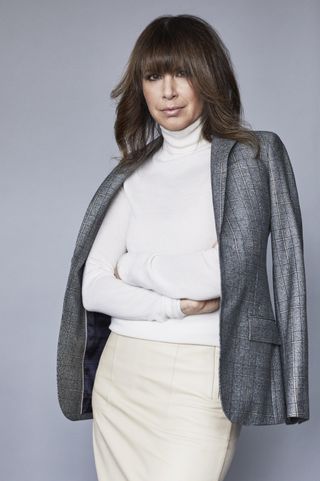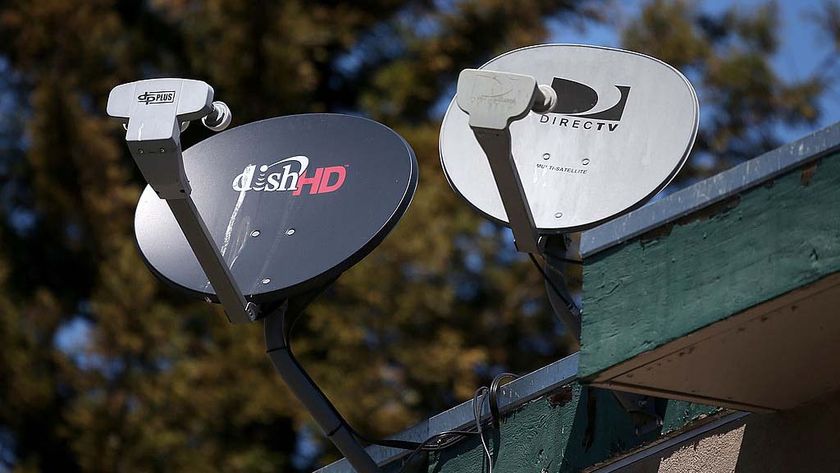Nobody Is Content With Linear TV Content
My family is not content with linear content. By this I mean, there isn't a single screen in my house that is not dotted with the over-the-top logos of Hulu, Amazon and Netflix. The only time we used our cable box in recent weeks was when our internet modem was accidentally disconnected.
Not surprisingly, this is pushing more broadcasters and new entrants into the OTT space. There are more than 200 OTT video services available in the U.S. today, and due to the explosion of OTT video services there has been a parallel expansion of new shows. Disney’s OTT service will debut in 2019 with 7,000 to 8,000 episodes of TV shows from the Disney-ABC TV Group’s library, along with new, exclusive programming. Netflix is set to spend more than $8 billion on content in 2018 and will have in the neighborhood of 700 original TV shows on the service worldwide this year, according to chief financial officer David Wells.
So what does this all mean for viewers, content creators and advertisers?

For starters, the growth curve of OTT audience numbers suggests that consumers love the surge of new content whether it be the best or just average. It’s not just that we’ve changed the way we are watching, but how much we are watching as well. According to Nielsen, the average American watches more than five hours of TV a day. Over the span of a week that’s almost a full-time job. It’s gotten to the point where binge-watching is on trend, culturally. Netflix will actually pay you to binge watch their shows. And one need only to open Buzzfeed for a quiz or article that will recommend what will color your next couch-potato session.
Content creators must ask themselves: Am I going mainstream or cinema? Netflix or HBO? And once you chose a path, the audience expectations are different. Given the current viewing environment, there is a rise in niche interest, causing mainstream content to become more targeted and formulaic.
When it comes to “cinematic” or high-production value content, viewers are willing to wait up to two years, a la Game of Thrones, for the next season precisely for the quality of the content. Not only are they willing to wait, but they are willing to watch longer episodes. Premiere episodes of fan favorites can sometimes range from an hour and a half to two hours, basically the length of an actual movie.
As for advertisers, binge watching presents a new challenge. Not only do you have to account for your target demographic, but also how they are viewing. After all, no one wants to be bombarded with the same ad repeatedly, and yet that is a chronic complaint for OTT advertising. However, when there is a will, there's a way.
Companies like Hulu recently began delivering television commerce opportunities.
The first use case was for the purchase of movie tickets but the technology could be applied to an endless set of commercial opportunities. Imagine Amazon connecting their OTT service with their global “everything is for sale” store. Amazon is currently looking to adopt a process for advertising with its OTT platform. Amazon could offer a hybrid discounted OTT service in exchange for consumers to link their Amazon Prime shopping accounts. In such a model Amazon could electrify demand for a product via their scaled, quality content platform and then walk the consumer down the funnel to purchase.
The television commerce model offers tremendous commercial promise but creatives need to think outside the box and create a whole new form of content. Creatives could explore the engageable elements of OTT or the multipath possibilities. All sporting events that have overlays on top of the live event should be interactive. This is technically possible today at scale. Engaging with content can be applied to game shows, telenovelas and political roundtables with polls.
There are many content pathways to explore. And at some point, creative visionaries will start to apply the technologies to tell stories in new ways that will captivate audiences and open new commercial possibilities. Viewers will never simply be content with the status quo of content.
Jacqueline Corbelli is founder, chair and CEO of BrightLine.
Multichannel Newsletter
The smarter way to stay on top of the multichannel video marketplace. Sign up below.



